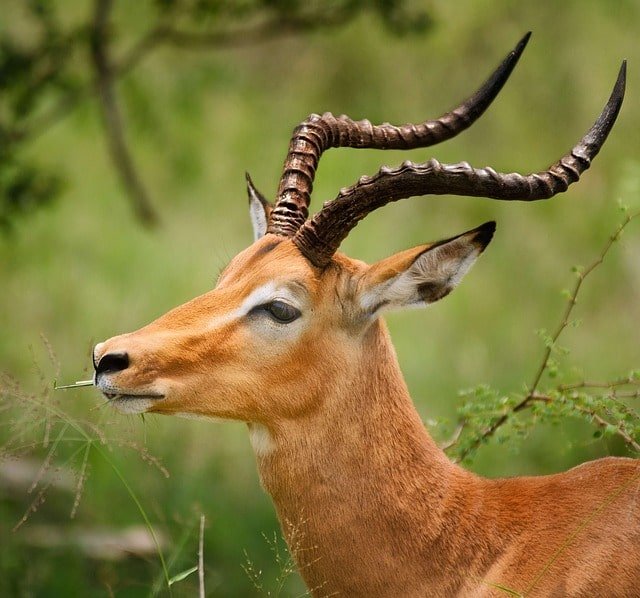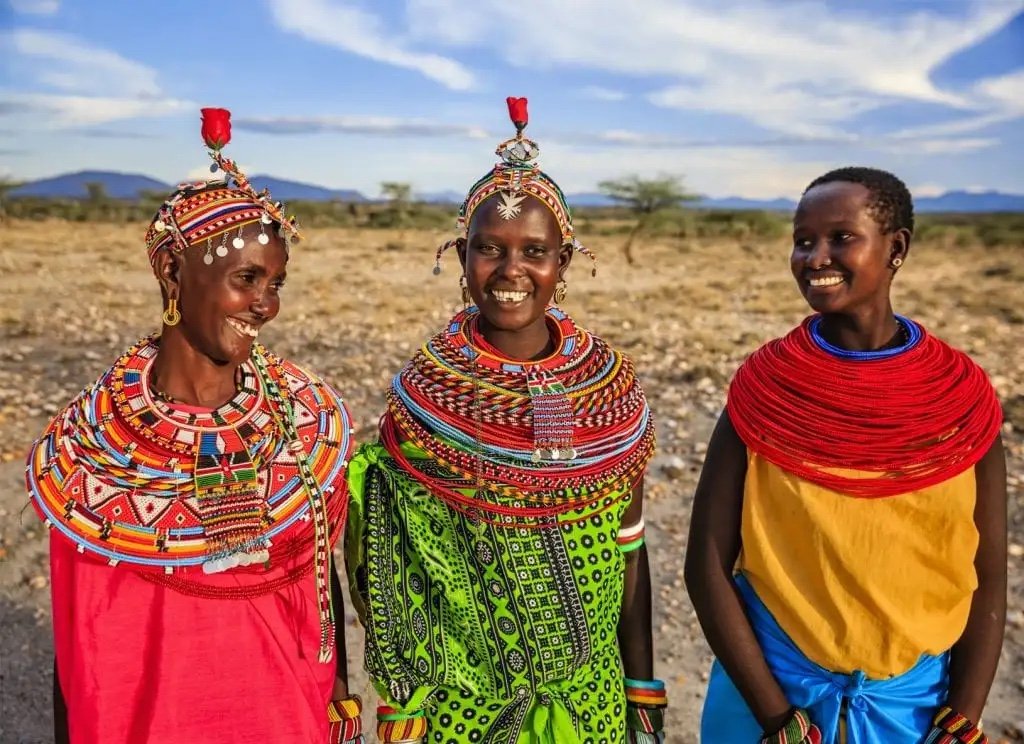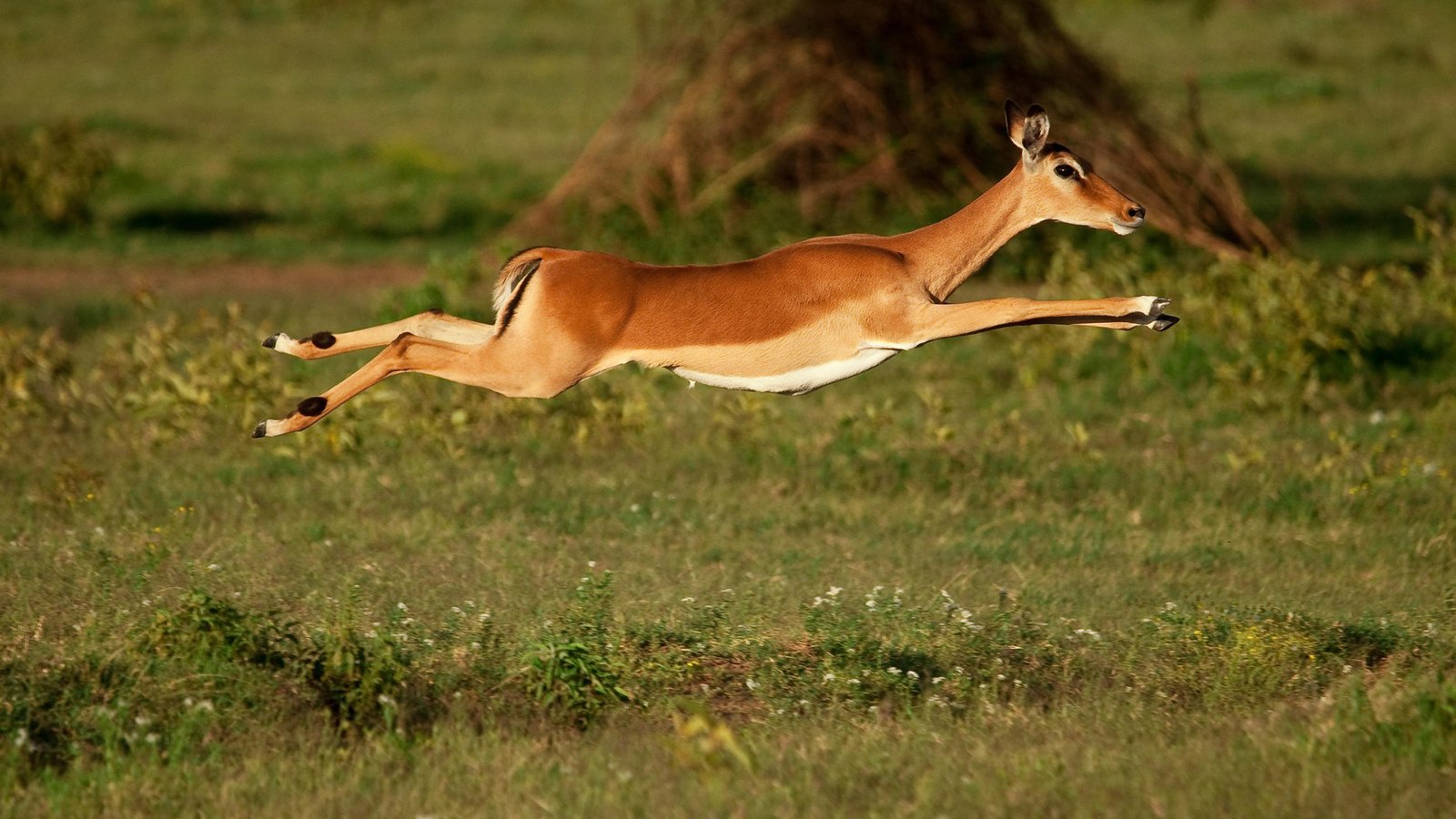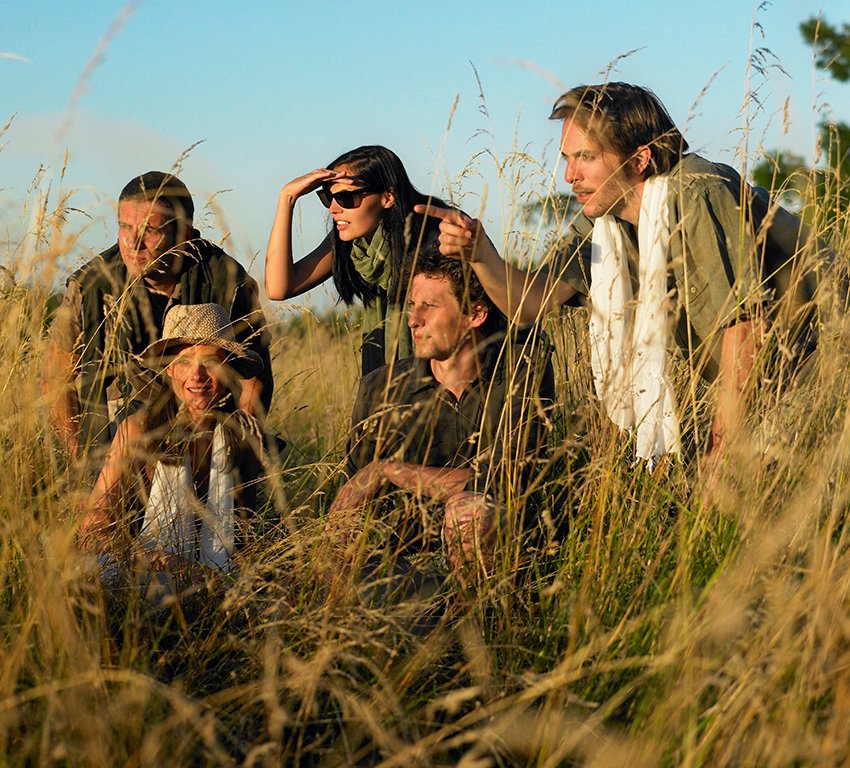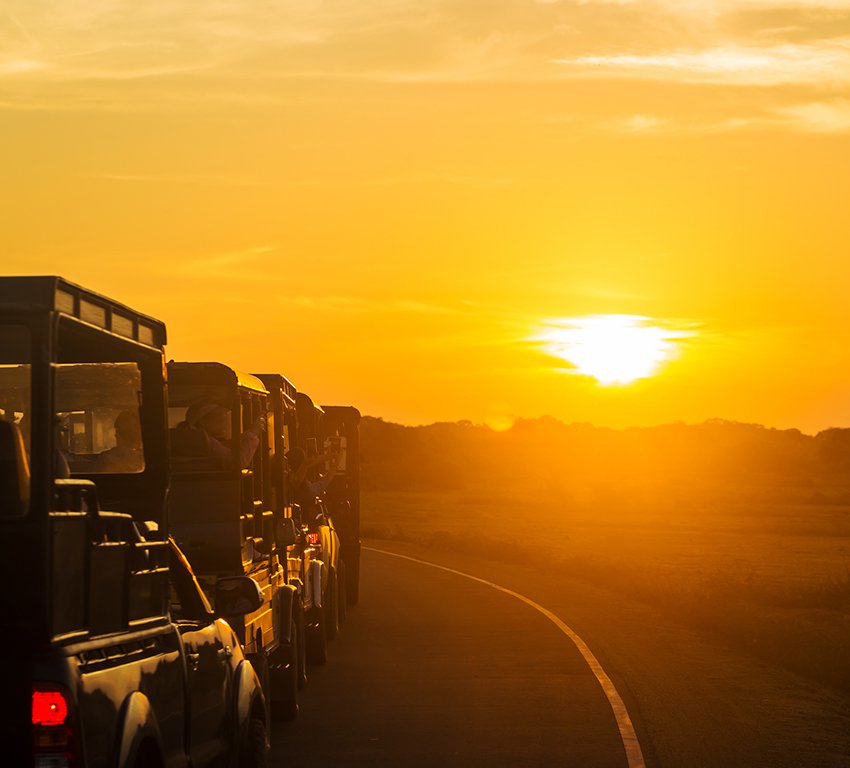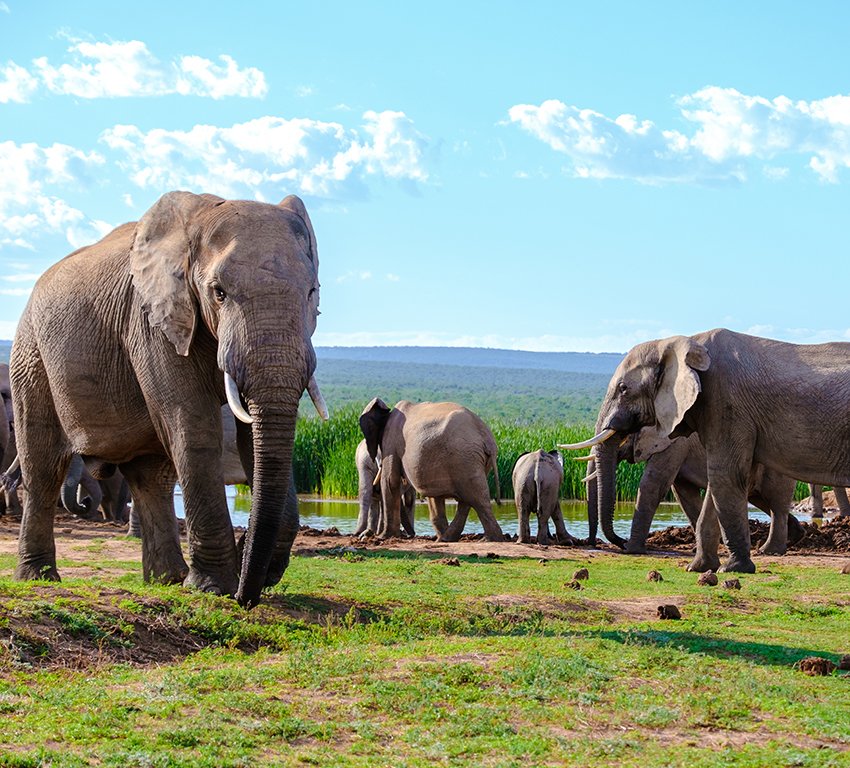Embarking on the Ascent of Mount Kilimanjaro
Mount Kilimanjaro, graced by its three volcanic peaks named “Kibo,” “Mawenzi,” and “Shira,” stands as a dormant volcano within Tanzania. It claims the title of Africa’s loftiest mountain, soaring approximately 4,900 meters from its base to an elevation of 5,895 meters above sea level. To stand atop this majestic pinnacle is an extraordinary, once-in-a-lifetime journey that should not be missed.
Navigating the Pathways of Kilimanjaro
For the ambitious endeavor of conquering Mount Kilimanjaro, seven established routes await your choice: Marangu, Machame, Lemosho, Shira, Rongai, Northern Circuit, and Umbwe. Marangu, Machame, and Umbwe lead from the mountain’s south (Mweka is employed solely for descent). Lemosho, Shira, and Northern Circuit approach from the west, while the Rongai route approaches from the north.
Unveiling the Optimal Route
Machame Route: This route is favored for its breathtaking vistas and boasts a moderate to high success rate, despite challenging acclimatization conditions.
Marangu Route: Often chosen by less-prepared climbers due to its reputation as the “easiest” path, it paradoxically exhibits lower success rates.
Lemosho Route: Embracing beauty and acclimatization, Lemosho offers versatility and relatively high summit success rates.
Shira Route: Paralleling Lemosho, Shira begins at a higher altitude, impacting acclimatization potential.
Rongai Route: Known for flatter terrain in the initial days, Rongai lacks robust climb high, sleep low opportunities, impacting acclimatization potential.
Umbwe Route: Swift but steep, Umbwe’s rapid ascent can lead to lower success rates due to limited acclimatization chances.
Northern Circuit: The longest path, Northern Circuit boasts high success rates due to its multiple climb high, sleep low opportunities for acclimatization.
Choosing the Right Time for Your Journey
Mount Kilimanjaro welcomes climbers year-round. However, January to March and October are favored due to clearer skies, despite increased foot traffic. April-May and November-mid-December mark the rainy season, witnessing fewer visitors. Rainfall patterns can be unpredictable, and dry conditions might prevail even during the rainy season, while wet weather can interrupt the dry season.
Nourishing Your Expedition
All our Mount Kilimanjaro tours feature full-board meals. A dedicated cook accompanies each group, alongside porters responsible for meal preparation at base camps. We accommodate dietary restrictions and allergies to craft nutritious meals, avoiding junk food in favor of healthful choices like fruits. Ample drinking water is provided, and supplementary snacks can be arranged upon request.
Prioritizing Safety
To ensure your safety, our guides use pulse oximeters to monitor oxygen levels and pulse rates. They’re trained to identify altitude sickness symptoms for prompt treatment. Our staff carries bottled oxygen and a portable stretcher for those needing assistance. A first aid kit addresses injuries.
Conquering Altitude Sickness
Altitude sickness occurs when the body lacks sufficient oxygen at high elevations. Symptoms include headaches, loss of appetite, and sleep troubles. Our itineraries account for acclimatization, with gradual ascents and rest days. Adequate rest, hydration, potassium-rich foods, and complex carbohydrates aid in prevention.
Equipped for Success
Our packages provide base camp accommodations, and we furnish tents for your convenience. Essential items to bring include a headlamp, water container, hiking boots, rain jacket, sleeping bag, and mosquito repellent. A determined spirit and a good book are also crucial companions on this expedition.
Embarking on Kilimanjaro Tours
Prepare to embark on your Kilimanjaro journey armed with determination and a sense of adventure. The towering glory of Mount Kilimanjaro beckons, promising an awe-inspiring ascent into its magnificent heights.


